ESG / CSR
Industries
Why are Bees so Important for People and the Environment?
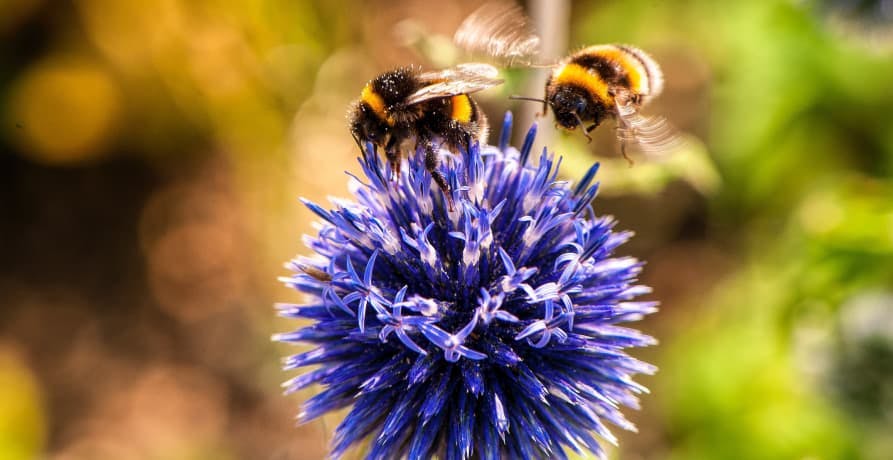


You might not realise it, but the humble little bee buzzing from flower to flower in your garden holds a mighty sway when it comes to the well-being of mankind and the health of our planet. Worryingly these striped garden visitors are under threat, with declining numbers and a decrease in the diversity of species, human activity is threatening their very survival.
👉 In this article we'll take a look at why bees are so important, why they're under threat, and what we can do to help save them.
Everything you need to know about bees
Bees are fascinating and indispensable creatures in our ecosystem. With over 20,000 species worldwide, bees vary widely in appearance, behaviour, and habitat preferences. From hairy-footed flower bees to leafcutter bees to the tawny mining bee, each species plays a unique role in maintaining ecological balance. Here’s a brief overview of the basics, interesting facts, and statistics about bees that highlight their significance.
Types of bees
- Honey bees (Apis mellifera) - Known for producing honey and living in large, complex colonies.
- Bumble bees (Bombus) - Recognised for their large, fuzzy bodies and key role in pollination. This group includes the tree bumblebee (Bombus hypnorum), which is known for nesting in bird boxes and other elevated cavities.
- Carpenter bees (Xylocopa) - Characterised by their ability to burrow into wood to create nests.
- Wool carder bees (Anthidium) - The wool carder bee is notable for its behaviour of collecting plant fibres to line its nests. Female wool carder bees are particularly adept at gathering these materials to create a safe environment for their larvae.
- Solitary bees - Unlike honey bees, these bees do not live in colonies but are crucial for pollination. While other bee species tend to live in a nest or bee hive, most solitary bees nest in the ground.
Bee facts
Species diversity: There are more than 20,000 known bee species, with new species still being discovered.
Communication: Bees use the "waggle dance" to communicate the location of food sources to other bees in the hive.
Lifespan: Worker bees typically live for about six weeks during the active season, while the queen bee can live up to several years.
Anatomy: Bees have a unique anatomy suited for their role in the ecosystem, including compound eyes, antennae, and specialised body parts for collecting pollen.
Bee numbers are in decline
Global decline: Bee populations have been declining at an alarming rate due to various environmental factors.
Species extinction: In the UK, two species of bumblebee have gone extinct in the last 80 years, reflecting a worrying trend seen worldwide.
Diversity loss: The loss of bee species diversity poses a significant threat to ecosystems and biodiversity.
💡 Bees are essential for maintaining biodiversity and ecological balance. Their decline could have severe repercussions on the environment and human life, making it crucial to understand and protect these vital pollinators. Through conservation efforts, sustainable practices, and individual actions like planting bee-friendly gardens, we can contribute to the survival and prosperity of bee populations.
🐝 Why are bees so important?
Most people will be aware that bees are one of our primary pollinators, and while incredibly important, it's not their only use. Bees benefit our environment in a number of different ways, let's take a look at some of these functions below:
Pollinators
We'll start with the most widely known and important function that bees serve - ie. their role as pollinators. The United Nations' Food and Agriculture Organization report ‘Why Bees Matter' states that 3 out of 4 crops across the world, producing fruit or seeds for human consumption, depend on pollinators such as bees. Not only this, but pollinators affect 35% of the world's agricultural land and support the production of 87 leading crop varieties.
Pollination is the singular most significant agricultural contributor to crop yields worldwide and has more of an impact than any agricultural management practice. The global value of crops that are dependent on pollinators such as bees lies between 235 billion USD and 577 billion USD per year, highlighting just how important pollinators are!
Other species of pollinating insects do exist, but none compare to that of the bee. No other insect comes close when it comes to the range of plants that it is capable of pollinating. So much so that around one in every three bites of food that you take can be attributed to the pollination work of the humble bee.
This is why drops in bee populations and decline in species variety are so worrying. Without bees, we'll struggle to successfully pollinate all the crops required for food production, which could potentially lead to food insecurity.
And it's not just our crops that benefit from bee pollination, there are a huge variety of other plants and trees that are dependent on insect pollination too. These plants contribute to healthy ecosystems and also provide food to wild animals and birds.
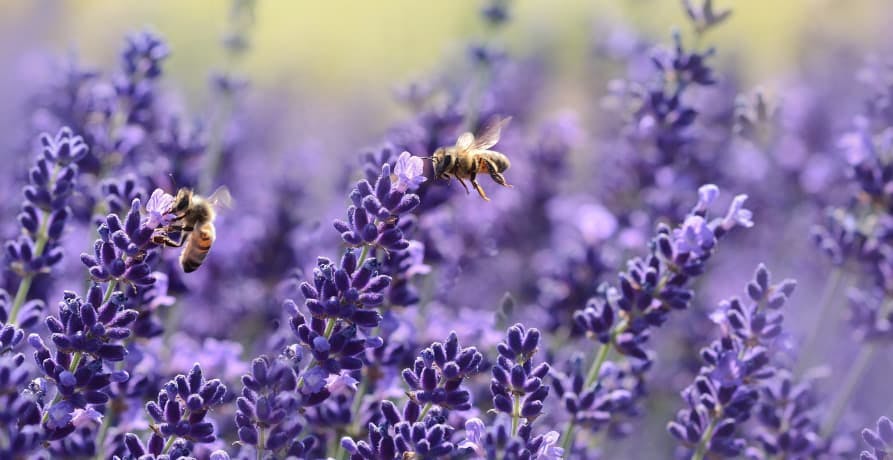
Economic importance
Apiculture is the industry of beekeeping and involves the management and care of honey bees to produce honey and beeswax. The industry produces well-known products such as honey, bee pollen, beeswax, bee venom, royal jelly… to name a few. These bee products play a huge variety of roles, for example, beeswax is often used in the cosmetic and pharmaceutical industry, pollen can be taken as a nutritional supplement, and royal jelly is used in the medical industry as well as a natural remedy for viral infections.
A decline in bee populations presents a huge threat to the industry and puts the livelihoods of those who work within apiculture at risk.
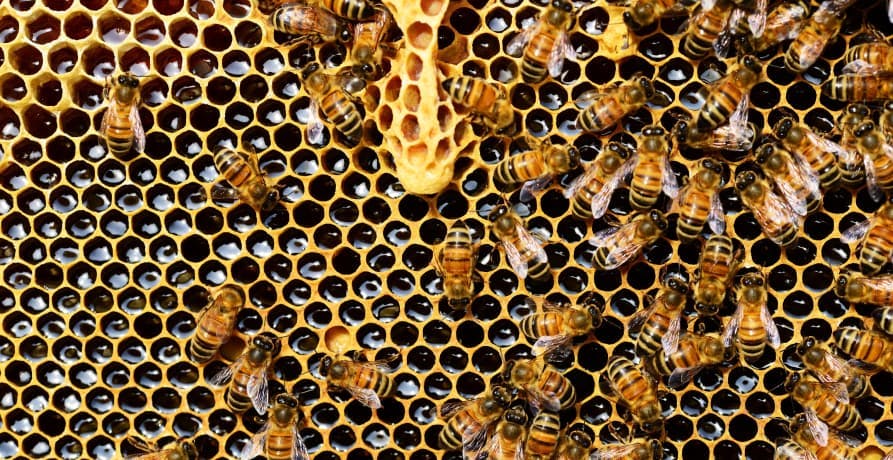
Biodiversity
Biodiversity refers to the variety of different species that exist within a certain geographical area and is a crucial component of healthy ecosystems - something that is essential for vital resources including the air that we breathe and the food that we eat.
Bees play an important role in the maintenance of biodiversity. By transporting pollen from flower to flower and fertilising a huge variety of plants and trees, they improve the diversity of plant species, which in turn impacts the variety of insects and animals in a given ecosystem.
Most people know that bees are important for the pollination of flowers and plants, but bees are also crucial when it comes to the pollination of many tree species. We can enjoy summer fruits from many tree species thanks to the activities of bees in the early spring. They also contribute to the growth of healthy forests and woodland areas which house a multitude of different animal species.
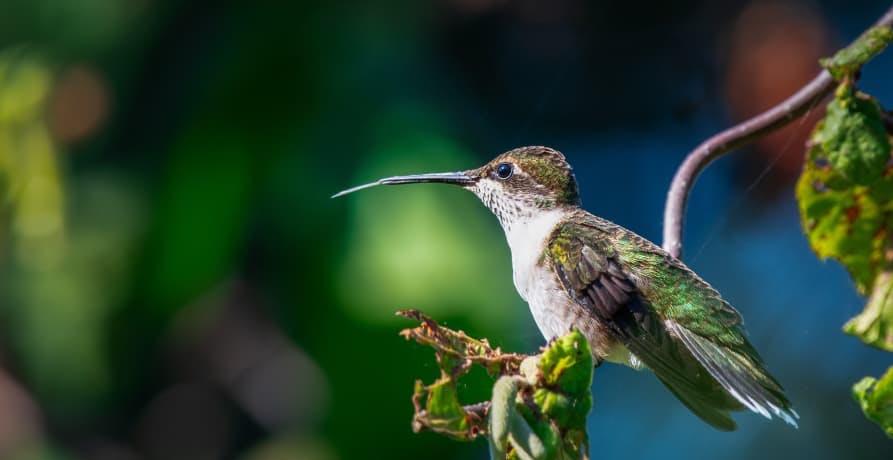
Nature’s alarm
Bee populations can provide vital clues when it comes to the health of a particular area. Factors affecting bee populations will also impact other insect species and the larger ecosystem generally, which means that by studying bee populations we can also get a good understanding of the environmental health of the area.
Additionally, bee honey, pollen, and wax can be studied and analysed, revealing information like pollution levels and other such critical information that tells us more about the health of the ecosystem they live in.
Why are bees under threat?
Sadly it's human activity that presents the biggest threat to bees. Global populations of bees have been declining over recent decades on account of intensive agricultural practices, loss of habitat, global warming and shifting weather patterns, pollution, and the overuse of pesticides. Let's explore these factors and their impact on bee populations in more detail:
Intensive agricultural practices
In order to more effectively deal with growing global food demand, agricultural practices are becoming more intensive - something that's known as industrial agriculture.
Industrial agriculture pushes for increased labour output and increased crop yield. This can be achieved through practices such as the cultivation of monocultures (ie. the same variety of crops), and the replacement of ecosystems with synthetic fertilisers, pesticides, and other non-natural fixes.
The problem with methods like this is that they damage ecosystems and reduce biodiversity. Not only this, but such intense farming methods also result in a multitude of other harmful effects such as increased greenhouse gas emissions, spillover events, the contamination of water, and even food insecurity. All of this can be harmful to bee populations and studies show a direct link between industrial farming practices and a decrease in the numbers and diversity of bee species - so much so that often these types of farms need to bring in commercial beekeepers in order to pollinate their crops.
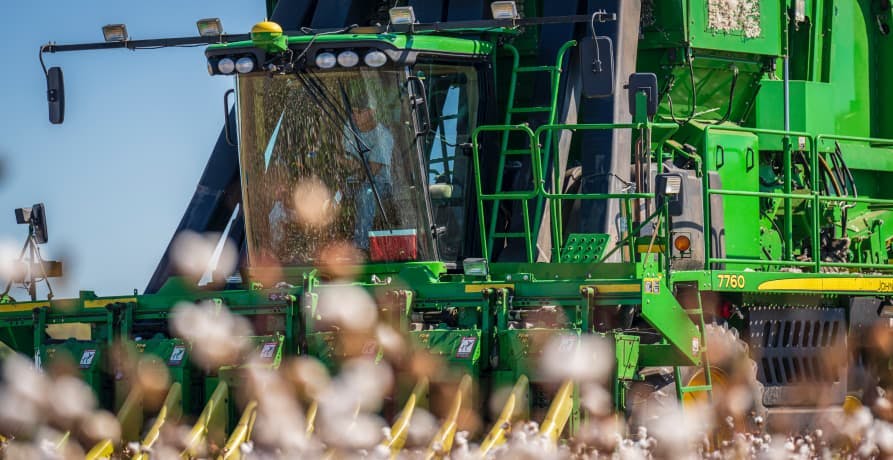
Loss of habitat
Changes in land use can significantly affect bee populations through the destruction and alteration of their habitat. Cities are expanding to accommodate growing populations, likewise, agricultural land is spreading and becoming more intense in order to meet growing food supply demands. However, this means that wild spaces, hedgerows, and meadows, where bees would normally be able to find food are becoming more scarce.
In the UK for example, 97% of wildflower meadows have disappeared completely since the 1930s. This has resulted in declining bee populations, with two species of bumble bee even becoming extinct in the UK. And sadly the problem is not UK-specific - bee populations are experiencing a similar trend in other countries across the world.

Shifting weather patterns and global warming
Climate change is not only causing global temperatures to rise, but it's also resulting in more frequent and intense weather events such as flooding, drought, heatwaves, cyclones, etc. This is adding significant stress to bee populations. For example, heavy rainfall can disrupt a bee's feeding patterns, floods can destroy their habitat, and drought can destroy their sources of food. Not only this but changing weather patterns is resulting in the spread of disease and pests to areas where they previously didn't exist. This makes bee colonies susceptible to viruses and pests like mites.
Another issue resulting from the global temperature rise is that flowers are blooming earlier in the season due to milder winters and warmer spring temperatures. The risk is that bee populations might not be around to feed on them at the correct moment.

Pollution
Recent studies have proven that air pollution is impacting the ability of pollinators (such as bees) to follow the scent of flowers, reducing pollination by as much as a third. It's thought that this could be playing a significant role in the decline of bee populations across the world.
Air pollutants interact with the scent molecules that are released by flowers and plants, something that bees need in order to be able to locate their food and forage effectively. The air pollution particles decrease a bee's ability to locate such food sources, which reduces pollination.
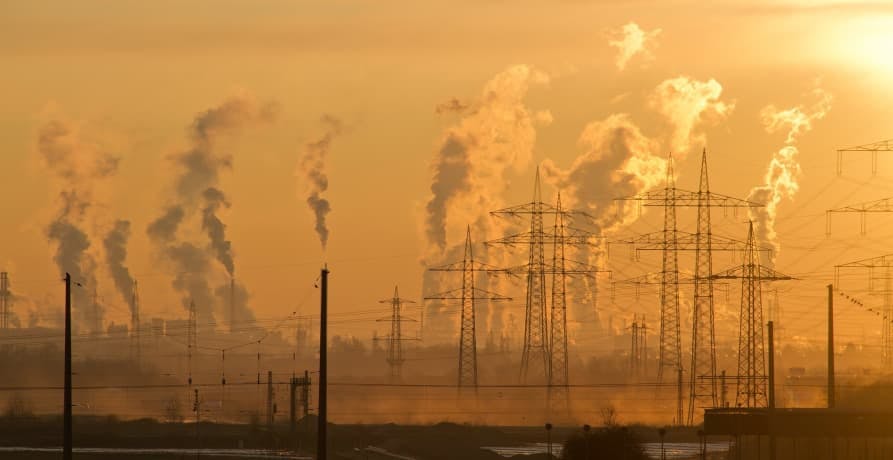
Pesticides
In non-organic farming, pesticides are used to protect crops by controlling weeds and preventing insect infestations and diseases. There are over 1000 different varieties of pesticides used across the world and some of the older chemicals (which are now banned in many countries) can even stay in the soil and water for years and years after use.
Pesticides are not just a problem for human health, they're also harmful when it comes to our insect populations, including bees. Pesticides can impair bees' immune systems, delay their development, and also prevent the bees from being able to navigate and reproduce normally. What makes the situation worse is that the cocktail of different pesticides that bees come into contact with is even more harmful and has increased the mortality rate of bees.
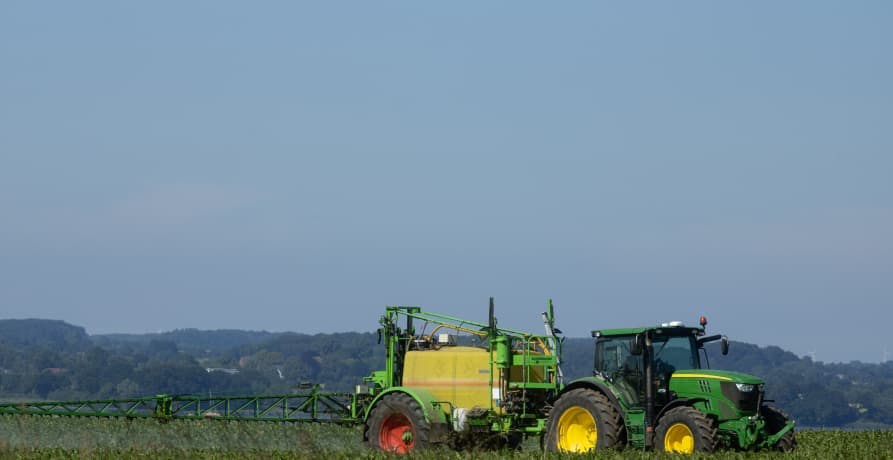
Colony collapse disorder
Colony collapse disorder (CCD) is a phenomenon where the majority of worker bees in a colony abruptly disappear, leaving behind the queen, immature bees, and a few nurse bees to care for the remaining brood. This disorder has been a significant concern since it was first recognised in the early 2000s, leading to substantial losses in bee populations worldwide. The exact cause of CCD is still under investigation, but it is believed to be a result of multiple factors including pesticide exposure, pathogens, habitat loss, and stress from transportation and environmental changes. The impact of CCD is profound, as it not only threatens bee populations but also the broader agricultural systems that rely on bees for pollination, thereby risking global food security and biodiversity.
What is being done to save bee populations?
Given how important bees are for our ecosystems and food production, what exactly is being done to protect their populations? Well, the good news is that Governments and organisations across the world are beginning to wake up to the plight of bees.
International bodies such as the European Union are starting to take action to protect pollinators from harmful pesticides and chemicals used in industrial agriculture. For example, there is an EU-wide ban on three harmful types of pesticides known as neonicotinoids that pose a lethal threat to bee populations. Other international summits and instruments such as the Convention on Biological Diversity have recognised the importance of conserving the habitats of pollinators.
Individual countries are also taking action. In the UK for example there is a National Pollinator Strategy, and the Department for Environment, Food and Rural Affairs (Defra) has published an ‘Implementation Plan for the Healthy Bees Plan 2030' which lays out over 50 actions for beekeepers, bee farmers, and the UK Government to undertake in order to protect and enhance national bee populations.
However, the biggest threat to bee populations is intensive farming practices and the use of pesticides. While efforts have been made to ban the use of the more harmful varieties, pesticides still heavily feature in farming practices across the UK and other countries worldwide. Experts believe that more needs to be done by governments and international organisations to protect our bee populations. This means bold and progressive initiatives that go further than current measures.

What can individuals do to protect the bees?
While it's undeniable that governments across the board need to do more to protect native bee populations, there are also things that we as individuals can do to help the situation. Let's take a look at some of the most effective and simple actions that can make a big difference:
Plant a bee garden
As we've already touched on, the habitats of wild bees are under threat. This is why by planting your own bee garden you can help provide them with food and somewhere safe to live. What's more is that you don't need a heap of space in order to grow the type of plants that bees like - window boxes, flower pots, and planters are all great options. The most important consideration is the type of plants that you select to grow - you'll need to pick a range of plants that flower across March to September and are abundant in pollen and nectar.

Avoid the use of any chemicals in your garden
Pesticides, herbicides, and synthetic fertilisers are all harmful to bee populations so it's best to completely avoid using these chemicals in your garden. Instead, opt for organic products and use compost to improve the health of your soil and plants. When it comes to keeping pests at bay you can purchase ladybugs or other insects to deter them.

Plant a tree
Most people don't realise just how important trees are for bees - bees don't just feed on flowers, but the blossoms from trees too. In fact, bees actually get the majority of their nectar from trees, not flowers. This is why planting trees in your garden is so helpful. Not only does it provide food for bees, but it also provides material for them to create their homes, and bees can find shelter in the tree's cavities.
👍 If you're not able to plant your own trees, not to worry, you can help out by joining a tree-planting organisation in your local community.
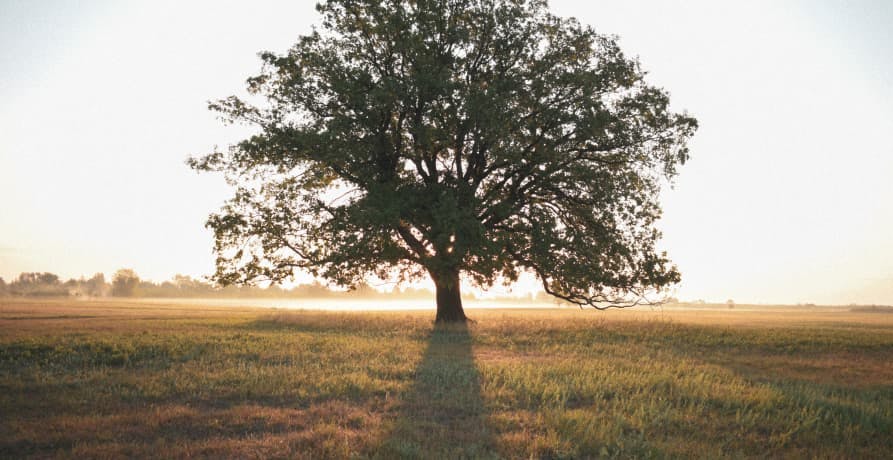
Provide a home for bees
Creating a welcoming home for bees in your garden is easier than you might think. One effective method is to provide dead wood, which many solitary bee species use for nesting. Simply leave a log or a bundle of sticks in a sunny, sheltered spot. Additionally, you can repurpose old bird boxes by filling them with hollow stems or bamboo canes, creating an ideal nesting site for bees. Ensuring these materials are in place will offer bees a safe and cozy home, helping to support their populations.

Help out a tired bee
If you come across a solitary bee on the ground that's slow-moving and lethargic, the chances are that he's simply tired and could use a little help. A bee in this condition needs a little hit of sugar. Mix a couple of teaspoons of white granulated sugar with a bit of water and drip it onto a flower or place it on a plate to help give the little striped guy a burst of energy. After you've given the bee the sugary liquid just leave it alone and let it rest. Before long he should have enough energy to be(e) on his way!
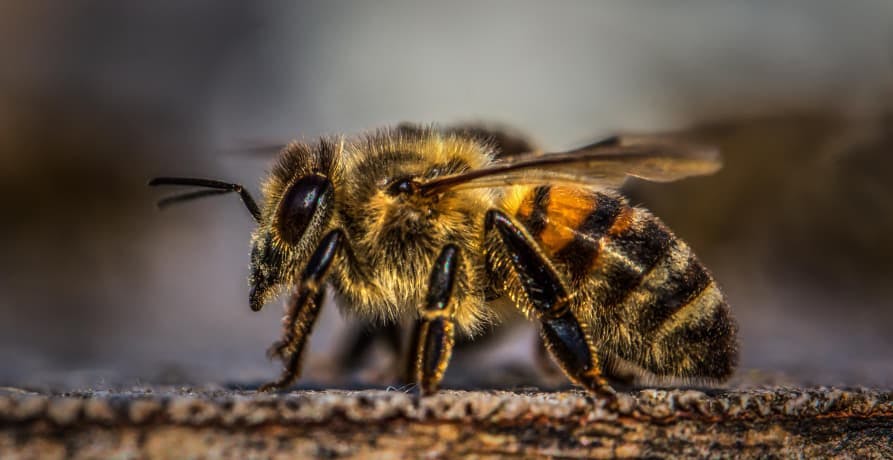
What about Greenly?
At Greenly we can help you to assess your company’s carbon footprint, and then give you the tools you need to cut down on emissions. Why not request a free demo with one of our experts - no obligation or commitment required.
If reading this article has inspired you to consider your company’s own carbon footprint, Greenly can help. Learn more about Greenly’s carbon management platform here.




